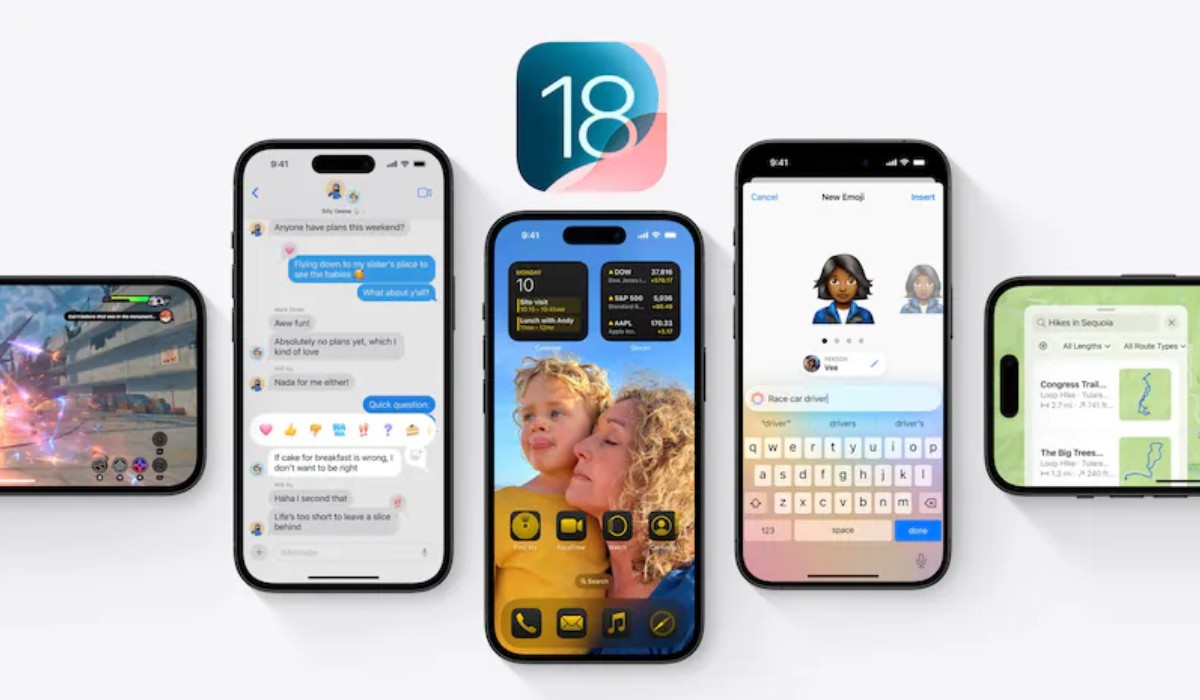Today, 21 November is World Television Day. Let’s see how technological advancements brought evolution in television from the beginning of its invention.

The late 1920s and 1930s
The Baird Televisor became the first television sold commercially in 1929. This early TV set was on the small side, using reflected light to create a low-resolution image the size of a postage stamp. Since then, the invention of the electric TV offered a higher resolution and was easier to mass-produce, rendering Baird’s mechanical televisions obsolete.
Then, in the mid-1930s, the Marconi 702 went on sale. A vision-only, mirror lid television, the Marconi 702 used magnetic deflection and electrostatic focusing. When switched on, the image on the horizontal 12-inch screen was reflected onto — and viewed via — the mirror on the lid of the case. At the time, it was a luxury item only the rich could afford, as it retailed for around half of the average annual salary at the time.
In 1938, His Master’s Voice (or HMV) combined both radio receiver and television together in one convenient product.
The 1940s
The popularity of televisions boomed in the 1940s. Due to drops in pricing, Americans were buying 100,000 TVs a week in 1949. Around this time, broadcast stations started producing TV shows based on their radio serials. And by the end of the decade, four television networks — NBC, ABC, CBS, and the now-defunct DuMont — broadcast seven days a week, establishing what we know as a primetime TV schedule.
The 1950s
In 1950, the first TV remote was introduced to consumers, and with the development of more TV shows and technological innovations, TVs became increasingly popular throughout the 1950s. In addition, the year 1953 saw the broadcast of the first color television system.
The 1960s
Companies continued to invent new technology such as the electronic remote-control switch for the RCA Victor TV in 1960. This groovy decade brought unique designs to the TV sets themselves, including versions that were integrated into mod-style home entertainment centers.

The 1970s
With the rise of color television, price drops on black-and-white TVs meant households could afford more than one set in the 1970s. In 1976, the Sinclair Microvision was released, offering portable television to consumers for the first time.
The 1980s and 1990s
No longer a hot commodity at this point, TVs have become a staple in most homes’ entertainment spaces by the 1980s and ’90s. At the start of 1993, 98 percent of American households owned at least one TV set, with 64 percent owning two or more.
The 2000s
High definition replaces standard definition. In 2005, flatscreen TVs and HDTVs were introduced for the first time, although they were largely an expense most people couldn’t afford. That said, in the following year, they became more affordable and quickly began to replace the box television sets of yore.
And from 2007 through the end of the decade, smart TVs offered a combination of both traditional media and a growing variety of streaming services.
The 2010s and 2020s
The first 3D TV was introduced in 2010, spurred by popular 3D blockbusters of the time, like James Cameron’s Avatar. Streaming services and their mobile versions have changed the way people interact with screens in the 2010s. In other words, a person no longer needs a television set now to watch and enjoy TV.

By now, you’ve probably heard of 4K TVs and have, at this point, realized they are anything but a fad. First released by LG in 2012, 4K Ultra HD TVs have dethroned 1080p “Full HD” sets for some time now with more broadcast television networks offering 4K resolution at an increasing rate — and there’s even 8K programming on the horizon. If 4K HD Blu Rays and 4K HD streaming content are any indication, 4K programming is here to stay.











